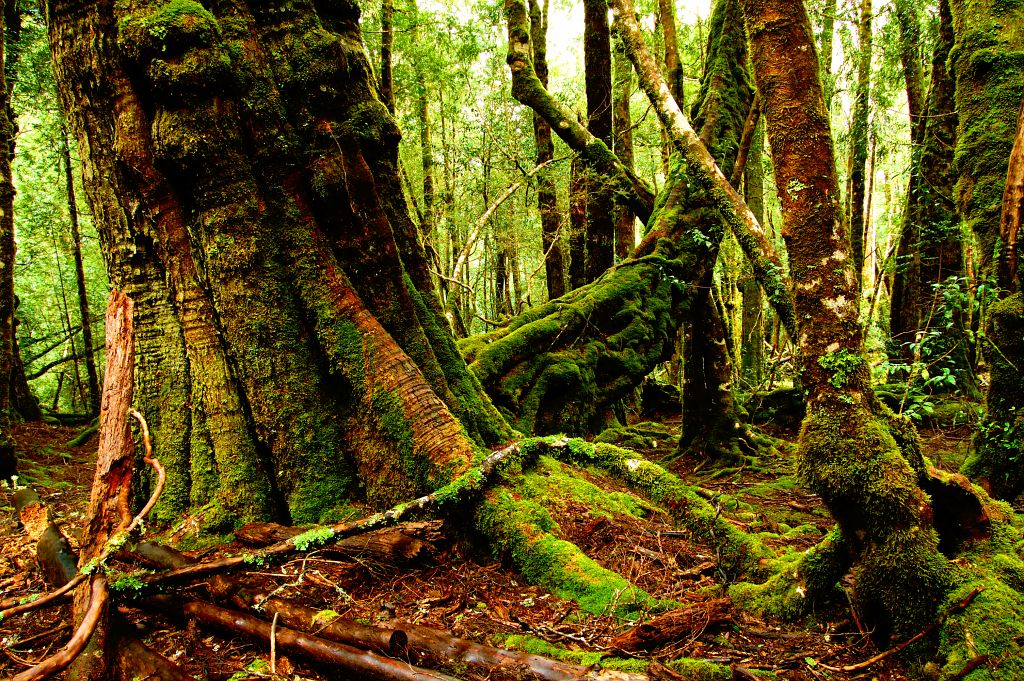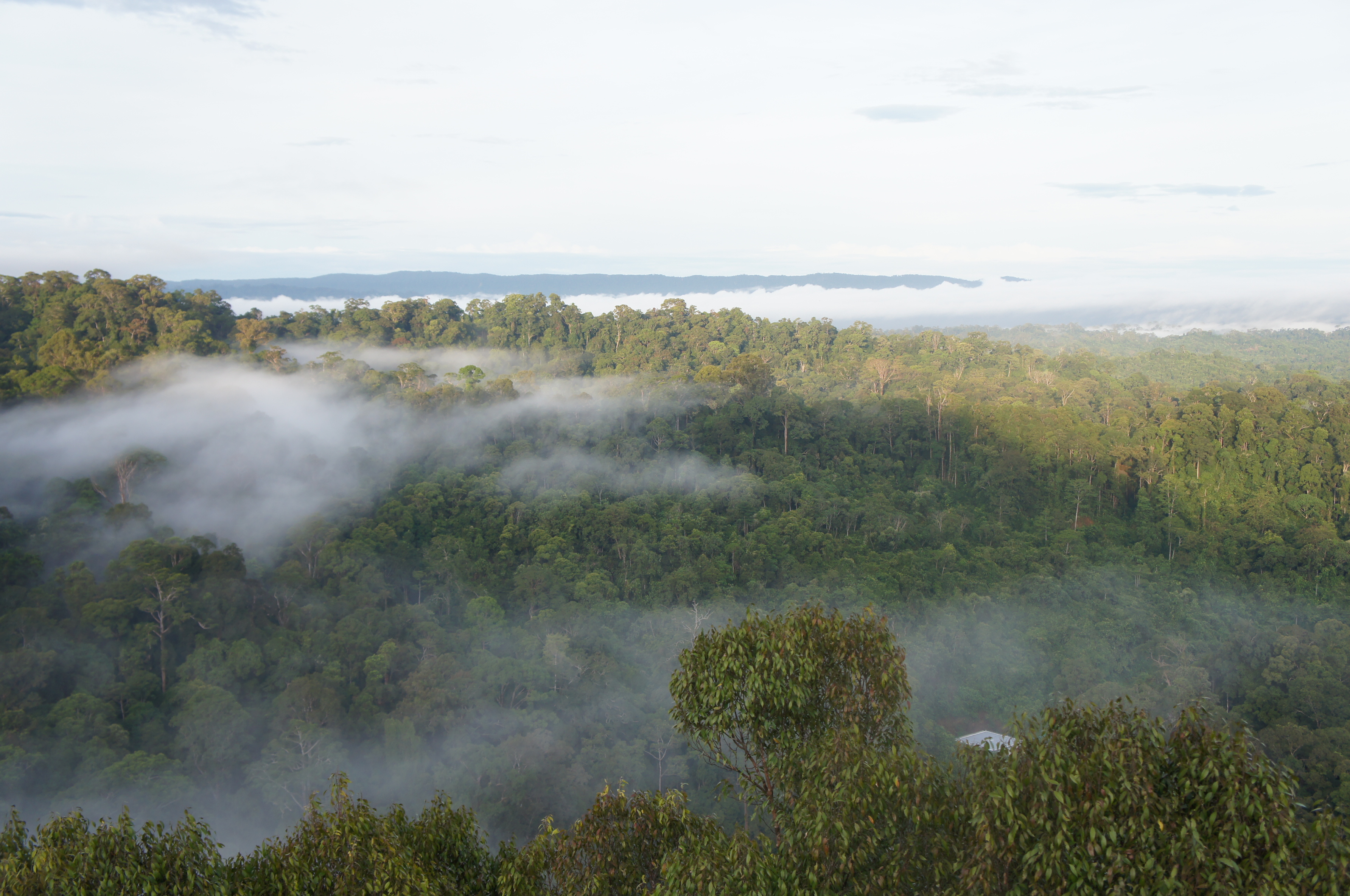Seeds of hope lie in forests

Saving forests is central to combating climate change, but tackling global poverty is part of the solution
Published 28 January 2016
Forests should be at the core of any climate change discussion because they are irrefutably part of the solution.
So it’s good news to see that forests were formally recognised in last year’s lauded Paris Agreement at the COP21 summit.
But there are major impediments to reducing deforestation and restoring forests, not least reducing poverty, one of the key drivers of forest loss around the world.
We also need to resolve land tenure and forest ownership questions, deal with increased demand for land for agricultural production, and tackle poor coordination and infighting between different levels of government and government agencies.
Article 5 in the Paris Agreement requires countries to ‘conserve and enhance sinks and reservoirs of greenhouse gases’ which includes the world’s forests.
It also highlights the importance of addressing deforestation and forest degradation, which accounts for about 10 per cent of human-induced greenhouse gas emissions.
That’s more than the entire transportation industry worldwide and second only to the energy sector.

Nearly 10 years ago, the Coalition of Rainforest Nations brought the deforestation emissions struggle onto the climate policy agenda with the development of REDD+, or the Reducing Emissions in Deforestation and Forest Degradation program.
In Paris, over 60 countries made reference to REDD+ in their Intended Nationally Determined Contributions (INDCs).
There were also a number of positive moves in the lead-up to COP21, with major forest countries committing to promote equitable rural development, reverse deforestation and massively increase forest restoration.
Brazil and Norway renewed their US$1 billion partnership to reduce deforestation until 2020 and Germany, Norway and the UK announced $5 billion to support country-based REDD+ programs over the next four years.
And that’s not all. The past year we’ve also seen the Bonn Challenge on forest restoration and the New York Declaration on Forests.
These have included the private sector, with large companies such as Unilever and Marks and Spencer making zero net deforestation pledges.
So where to from here?
These are all good signs.
And we’ve seen the rate of the forest loss slow in some countries, most notably and encouragingly in Brazil. But rates of forest loss remain high and are increasing elsewhere in the world.
Why? The big issue is money.
There is a strong link between low income and high rates of deforestation at the national level and local evidence that forest loss is highest where people are poor.
Reducing poverty can reduce deforestation, but it is another major issue to tackle.
While the new funding commitments are very encouraging, the key issues are whether the Green Climate Fund will meet the overall objective of $100 billion per year and to what extent it will prioritise, or commit specific funding to, forest-related activities.
The Australian government is tapping into international sentiment with a proposal in 2014 to mobilise countries in the Asia-Pacific region to support a regional Rainforest Recovery Plan. This was expanded to a Global Rainforest Recovery Initiative in the lead up to COP21 in Paris. However, there appear to be no real financial resources for this initiative and activities are limited to plans and summit meetings. Talk, but no action.
Emission baselines
Apart from long-term finance, countries need to establish scientifically robust emission baselines against which they can demonstrate future emission reductions.
Regrettably, capacity to report on forest change is still poor in much of Africa and in parts of South America, although forest monitoring has improved elsewhere.
At the international level, the commitment to coordinate forest data is declining, with reduced funding from the UN-FAO directed to this activity, as it refocuses on other aspects of the Sustainable Development Goals.
Domestically, there are also some concerning recent trends.
While Australia largely met its Kyoto Protocol commitments between 2008-2012 through reducing deforestation and expanding forest plantations, the most recent update shows energy and transport emissions increasing in 2014-15, after a declining trend in the previous five years.
Land use change and forestry emissions, which from 2013 have included the broader activity of ‘forest management’, also recently increased by 33 per cent after a strong decline in 2011, due to increases in land clearing.
But the reality is much more challenging. There has been relatively limited results from nearly half a century of international efforts to reduce tropical forest loss.
Effective forest-based measures to meet the Paris objectives will need strongly supported and coordinated policy frameworks and solutions that mobilise and meet the needs of local actors across multiple-use landscapes.
Hopefully, the Paris Agreement can provide the platform we need for large-scale, long-term investment in sustainably managed forests.
Banner Image: A moss-covered forest in the daylight. Google Image.
